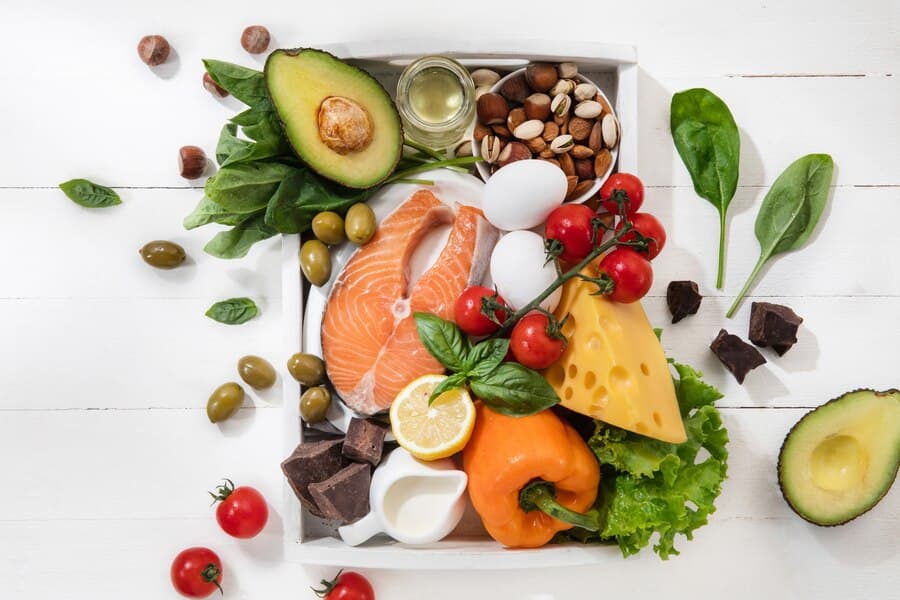Defining Nutrition: Detailed Guide
Imagine being tasked with explaining “nutrition” to an extraterrestrial visitor. While the concept might seem straightforward, its depth extends far beyond the mere act of consuming food. The National Cancer Institute encapsulates nutrition as the intake and utilization of nourishment by the body, highlighting its three-fold nature: ingestion, digestion, and distribution of nutrients to fuel the body’s various functions.
For scholars delving into nutritional science, the field encompasses the interplay between diet, and the body’s growth, physiology, and metabolic processes. It scrutinizes how dietary habits influence health across diverse populations, examining the interaction between food, health, and environmental factors.
The Science of Human Nutrition
Human nutrition emerges as a comprehensive discipline that investigates how food influences the body’s function and well-being. It not only focuses on the nutritional needs at different life stages but also explores the impact of nutrition on disease prevention and health optimization. The intricate relationship between diet and the body’s physiological responses underscores the pivotal role nutrition plays in maintaining health and preventing illness.
Nutritional Modalities: Heterotrophic vs. Autotrophic
Before delving into human nutrition, understanding the two primary nutritional strategies is essential: heterotrophic and autotrophic nutrition.
- Heterotrophic Nutrition: This mode is observed in organisms, including humans, that cannot synthesize their own food and rely on external sources for nutrients. It encompasses various feeding habits, from herbivores and carnivores to omnivores, each adapting unique methods to meet their nutritional needs;
- Autotrophic Nutrition: Autotrophs, such as green plants, self-sustain by synthesizing food through photosynthesis, using sunlight, water, and carbon dioxide. This foundational process fuels the planet’s food chain.
Dietary Patterns and Nutrient-Dense Foods
Understanding human dietary patterns is vital in nutrition. These patterns represent the amalgamation of foods and beverages comprising one’s diet over time. Transitioning to nutrient-dense foods—rich in vitamins, minerals, and other beneficial components without excessive sugars, saturated fats, and sodium—can significantly enhance nutritional intake and overall health. The United States Department of Agriculture (USDA) champions a diet abundant in fruits, vegetables, whole grains, lean proteins, and low-fat dairy as the cornerstone of optimal nutrition.
Essential Nutrients for Human Health
Humans require a balanced intake of essential nutrients, which are pivotal for daily energy, growth, and bodily functions. The USDA identifies four critical nutrients often lacking in the average American diet: vitamin D, calcium, potassium, and dietary fiber. Tailoring nutrient consumption based on individual dietary goals and caloric needs is crucial for maintaining optimal health.
The Impact of Dietary Choices on Wellness
Proper nutrition is instrumental in promoting health and preventing diseases. It bolsters the immune system, supports growth and development, and reduces the risk of chronic illnesses. Conversely, malnutrition—encompassing both undernutrition and obesity—poses significant health risks, including anemia, high blood pressure, and increased susceptibility to non-communicable diseases.
Nutritionists and dietitians play a crucial role in addressing eating disorders, guiding dietary choices, and fostering a culture of wellness. Their expertise helps navigate the complexities of nutrition, ensuring individuals achieve a balanced diet that supports their health and lifestyle goals.
Comparative Analysis of Nutritional Strategies
| Nutritional Strategy | Characteristics | Examples | Primary Benefit |
|---|---|---|---|
| Heterotrophic Nutrition | Depends on external sources for nutrients. Includes various feeding habits such as herbivorous, carnivorous, and omnivorous. | Humans, animals | Diverse diet accommodating various ecological niches. |
| Autotrophic Nutrition | Organisms synthesize their own food using sunlight, water, and carbon dioxide through photosynthesis. | Green plants | Foundation of the food chain, producing organic compounds and oxygen. |
| Nutrient-Dense Foods | Foods high in vitamins, minerals, and other beneficial components with minimal added sugars, saturated fats, and sodium. | Fruits, vegetables, whole grains, lean proteins | Maximizes nutrient intake without excess caloric consumption. |
Conclusion
The exploration of nutrition reveals its multifaceted role in supporting life, from the cellular level in plants to the complex dietary needs of humans. Understanding the nuances between heterotrophic and autotrophic nutrition, alongside the significance of nutrient-dense foods, underscores the intricate balance of nature and the critical importance of informed dietary choices.
As we navigate the complexities of human nutrition, it becomes evident that our food decisions have profound impacts on our health, development, and overall wellness. In the grand tapestry of life, nutrition stands as a cornerstone, influencing not just individual health outcomes but the sustainability of ecosystems worldwide. The pursuit of knowledge in nutrition science continues to be vital, guiding us toward dietary patterns that support both human health and the health of our planet.




